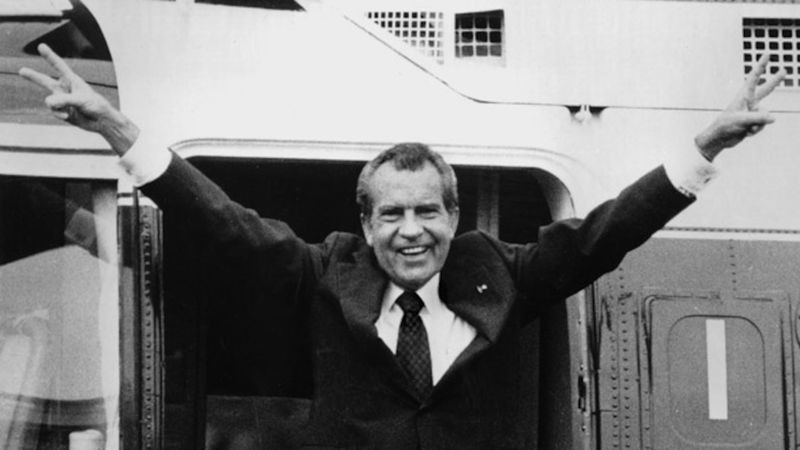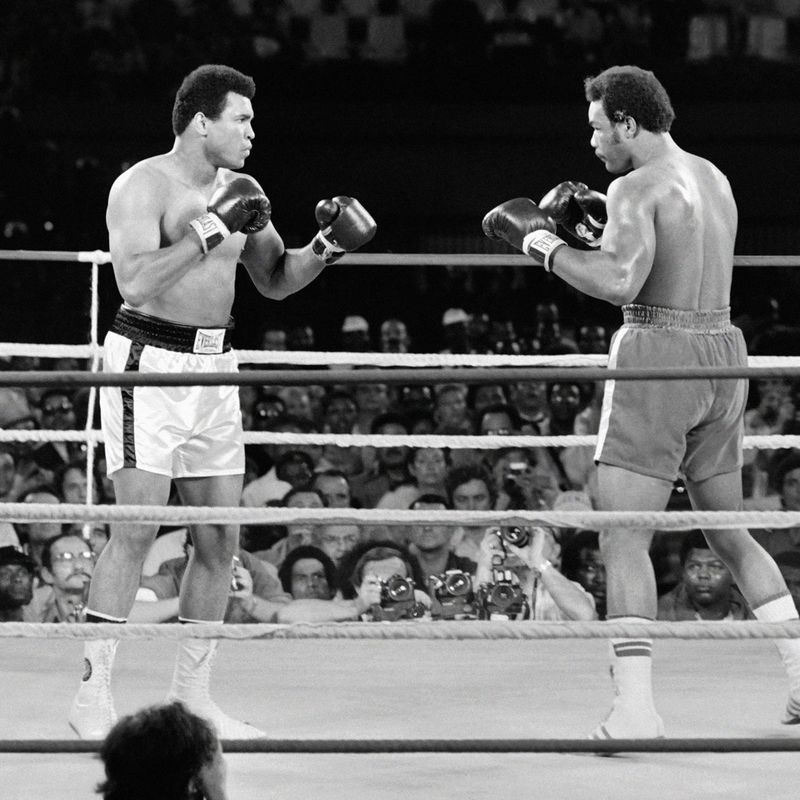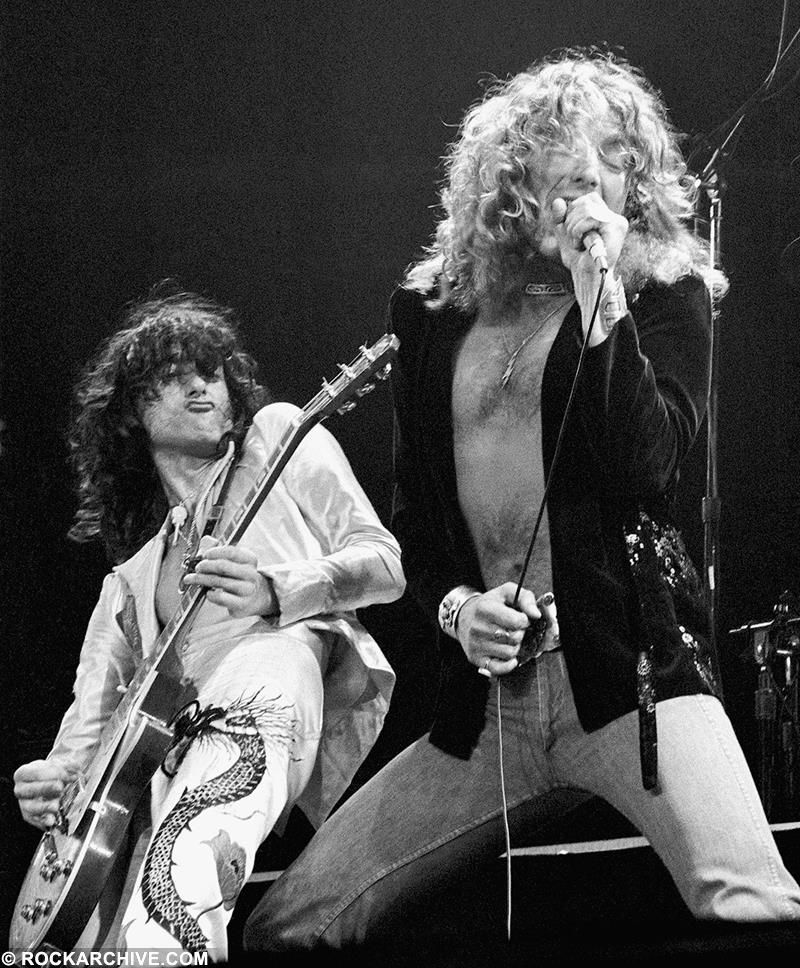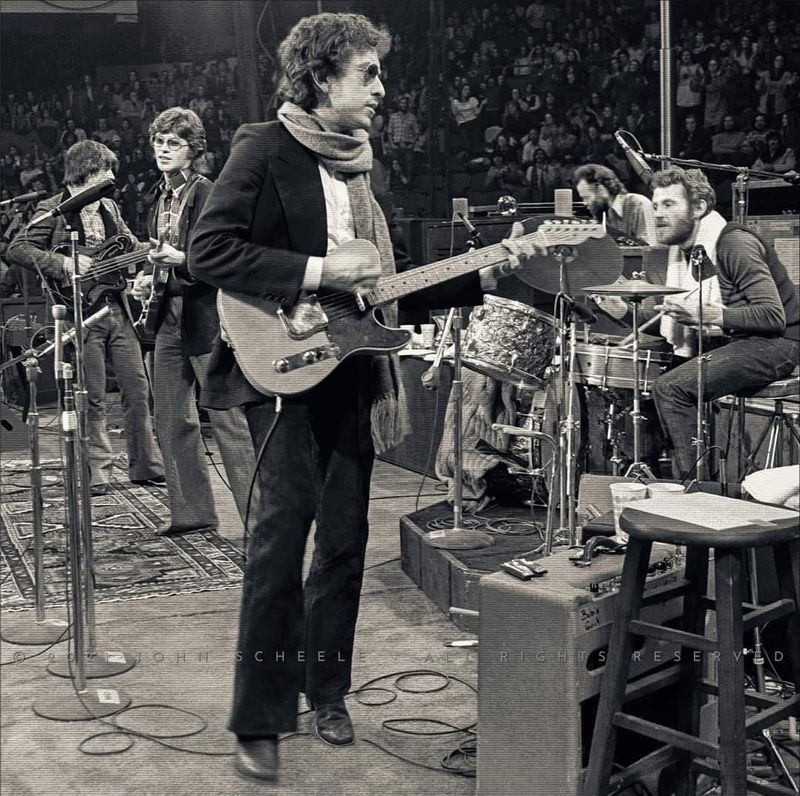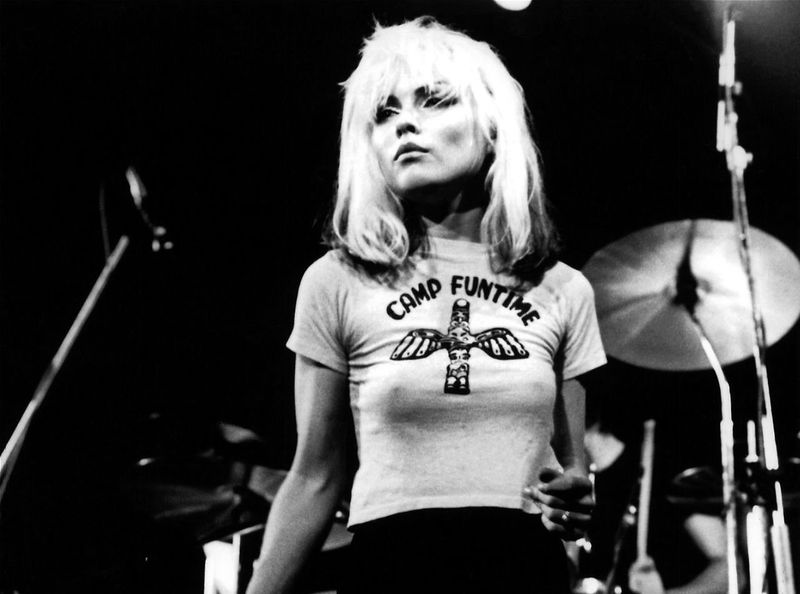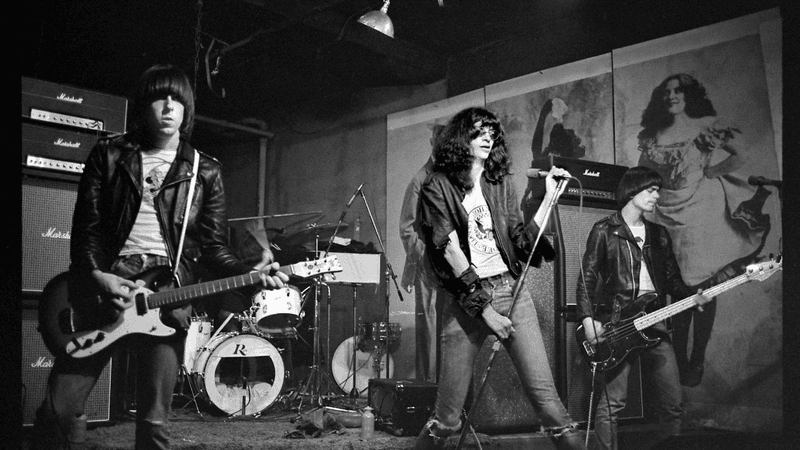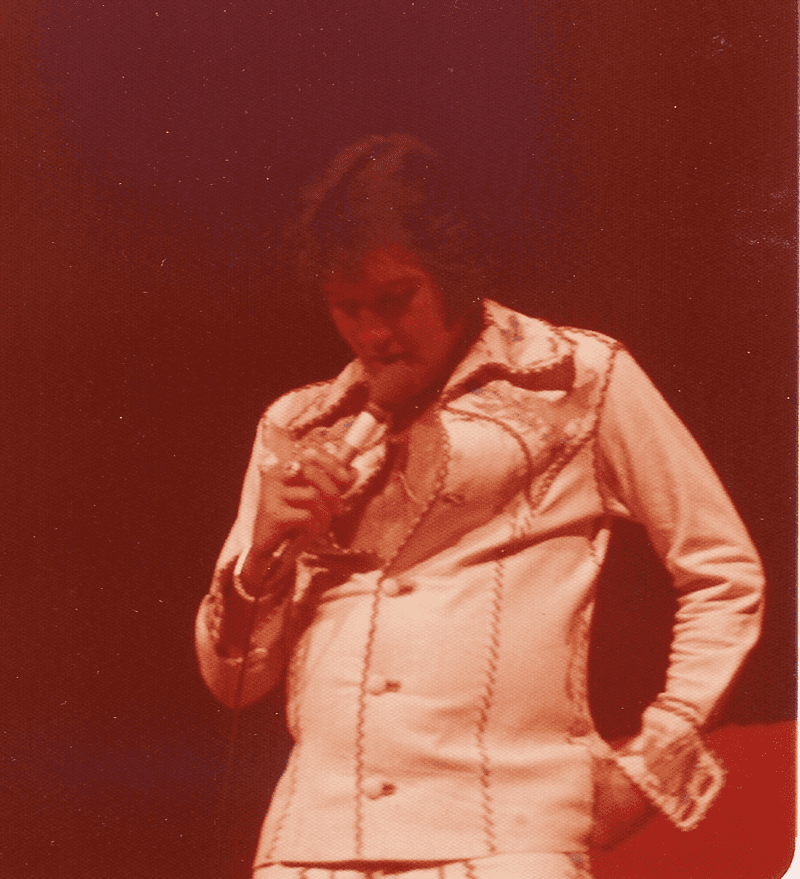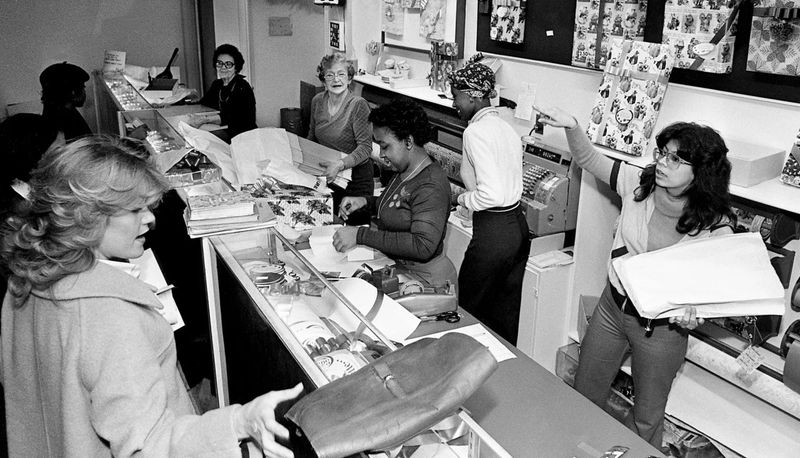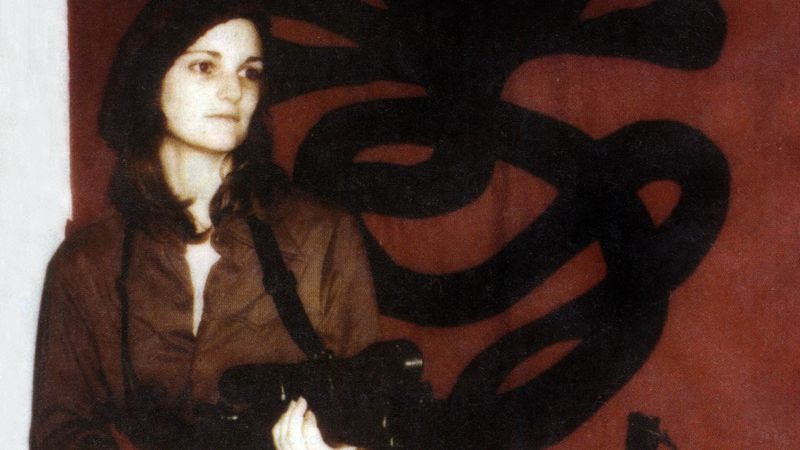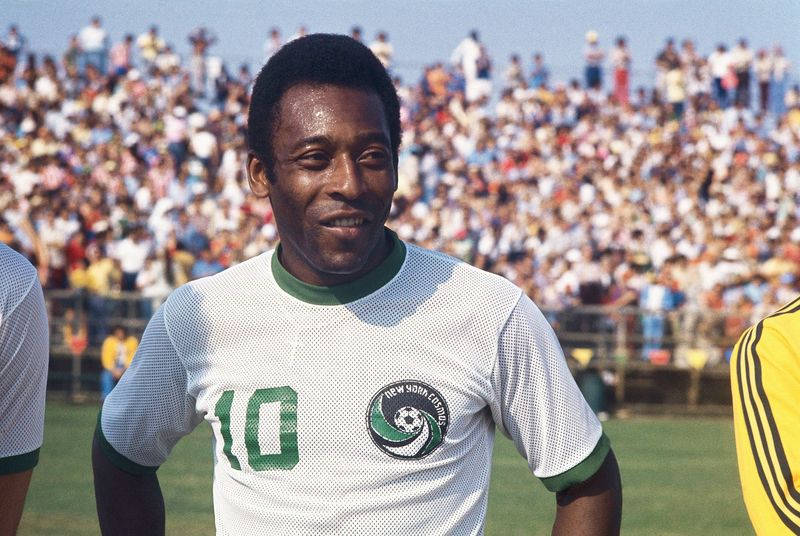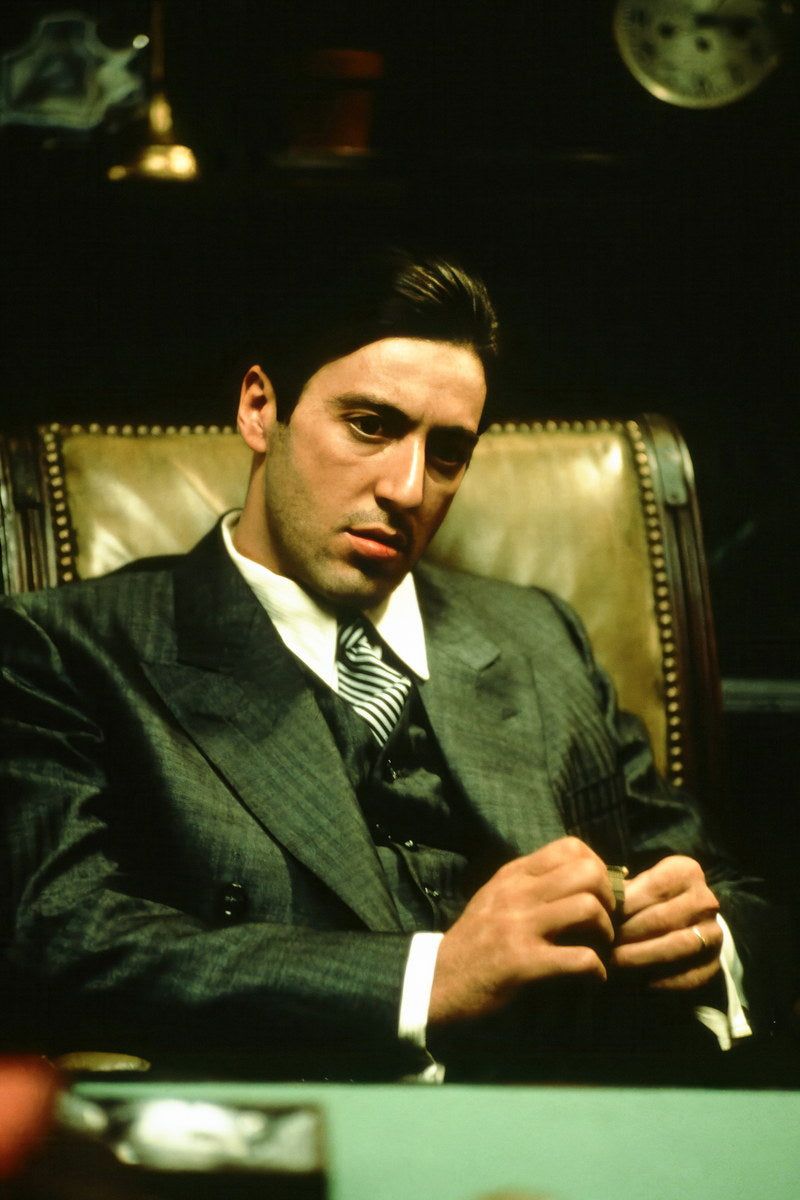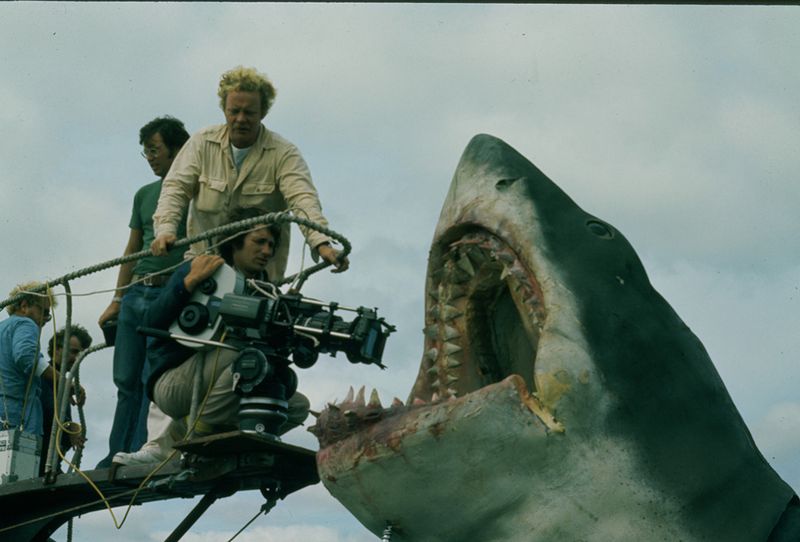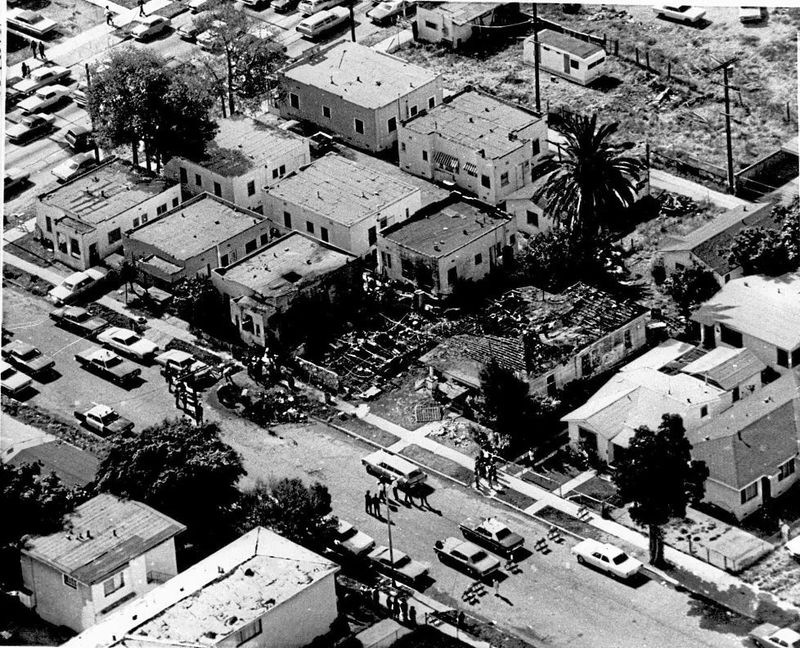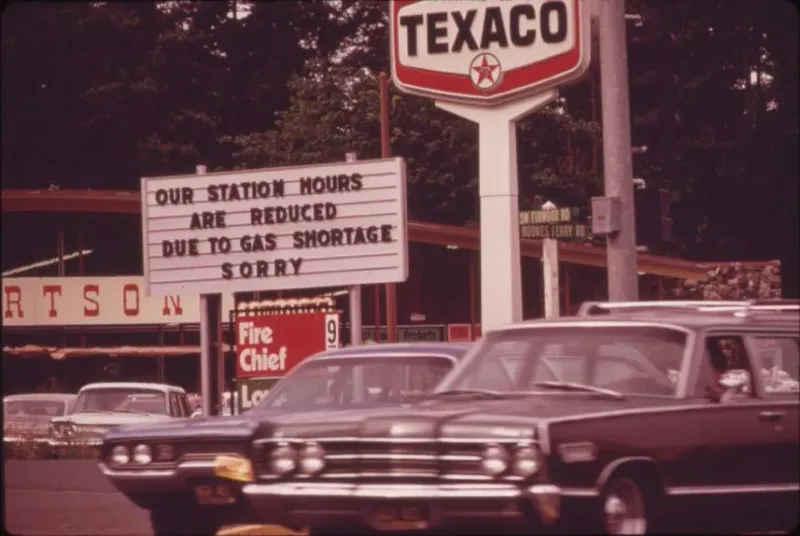The year 1974 was a pivotal year in America’s history, marked by political upheavals, cultural shifts, and technological advancements. This collection of 28 iconic photos captures the essence of that year, providing a vivid snapshot of life in the United States during this transformative time. From the resignation of President Nixon to the early rumblings of hip-hop, each image tells a story of change, resilience, and innovation. Explore these moments that defined 1974 and left an indelible mark on the nation.
1. President Nixon Resigns (August 8, 1974)
Amidst the turmoil of Watergate, Richard Nixon made a historic decision. On August 8, 1974, he became the first U.S. president to resign from office. The nation watched as Nixon, with a heavy heart, bid farewell to his presidency. His departure symbolized a dramatic end to a tumultuous era. As he waved goodbye, the weight of scandal and political pressure was palpable. Nixon’s resignation speech, delivered from the Oval Office, marked a poignant moment in American history. The scandal taught the nation valuable lessons about power, integrity, and accountability.
2. Gerald Ford Sworn In
“Our long national nightmare is over.” With these words, Gerald Ford took the oath of office as the 38th President of the United States. As the first unelected president, Ford faced the formidable task of healing a nation deeply scarred by Watergate. His calm and reassuring demeanor brought a breath of fresh air to the political landscape. Ford’s presidency marked a new chapter, focusing on restoring trust in government. Despite the challenges, his leadership laid the groundwork for healing and reconciliation, offering hope for a brighter future.
3. Hank Aaron Breaks Babe Ruth’s Record (April 8, 1974)
Under the glaring lights of Atlanta Stadium, Hank Aaron stepped up to the plate. With a swift swing, he shattered Babe Ruth’s long-standing home run record. The crowd erupted, celebrating a triumph over adversity. Aaron’s journey was not easy. Amidst racist threats and immense pressure, he persevered. On April 8, 1974, his 715th home run became a beacon of hope and resilience. Aaron’s achievement transcended sports, symbolizing the fight for equality and determination in the face of bigotry. His legacy continues to inspire generations.
4. The Rumble in the Jungle (October 30, 1974)
In the heart of Zaire, the world watched as Muhammad Ali faced George Foreman. The “Rumble in the Jungle” was not just a boxing match; it was a cultural phenomenon. Ali’s clever strategy, the famed “rope-a-dope,” led to a stunning victory. His charisma and determination captivated audiences worldwide. On October 30, 1974, Ali reclaimed the heavyweight title, but more importantly, he embodied the spirit of resilience and courage. The fight’s impact extended beyond the ring, uniting people in admiration for Ali’s unmatched talent and spirit.
5. Led Zeppelin’s Madison Square Garden Show
At the height of their fame, Led Zeppelin rocked Madison Square Garden. Robert Plant’s electrifying presence and Jimmy Page’s guitar mastery mesmerized the audience. During the Physical Graffiti era, the band delivered unforgettable performances. The raw energy and passion on stage were palpable. Fans experienced a musical journey, blending rock and blues with innovative soundscapes. This iconic concert captured the essence of 1970s rock culture, influencing countless musicians. Led Zeppelin’s legacy continues to reverberate, inspiring new generations to embrace the power of rock ‘n’ roll.
6. Bob Dylan & The Band’s Tour
After years of seclusion, Bob Dylan returned to the stage with The Band. Their 1974 tour marked a legendary comeback, rekindling Dylan’s connection with audiences. The music was a celebration of artistry and collaboration. Dylan’s poetic lyrics and The Band’s distinctive sound created a magical experience. Each performance was a testament to their enduring influence on folk and rock music. Fans were treated to a blend of classic hits and new creations. This tour solidified Dylan’s status as a musical icon, leaving an indelible mark on the music world.
7. Blondie Playing CBGB
In the gritty heart of New York City, Blondie took the stage at CBGB. Debbie Harry’s magnetic presence and edgy style captivated the crowd. The band’s music echoed the spirit of rebellion and creativity. Before achieving mainstream fame, Blondie was at the forefront of the burgeoning punk scene. Their performances at CBGB laid the groundwork for a new musical era. Audiences were drawn to their unique blend of punk, pop, and new wave. Blondie’s influence on music and fashion remains iconic, a testament to their enduring legacy.
8. The Ramones’ First Gig
In the dimly lit venue of CBGB, The Ramones unleashed a new sound. Joey, Johnny, Dee Dee, and Tommy played fast and loud, marking the birth of punk rock. Their first gig was a whirlwind of energy and attitude. The raw, stripped-down music resonated with the audience, challenging conventional norms. Each song was a burst of rebellion and youth culture. The Ramones’ influence was immediate and profound, inspiring countless bands. Their legacy as pioneers of punk is immortalized in music history, forever changing the landscape of rock.
9. Streisand & Elvis in Vegas
In the glittering lights of Las Vegas, two legends shared the stage. Barbra Streisand’s powerful vocals and Elvis Presley’s charismatic presence drew crowds. Despite his declining health, Elvis continued to captivate audiences. Streisand’s hit “The Way We Were” resonated with fans, adding depth to her performances. The contrast between her rising star and his enduring fame created an unforgettable dynamic. Their performances symbolized the glamour and allure of Vegas entertainment. Both artists left a lasting impact, enriching the world of music with their talent and charisma.
10. The Birth of Hip-Hop (August 11, 1974)
In a modest recreation room in the Bronx, a new musical genre was born. DJ Kool Herc hosted a back-to-school party on August 11, 1974, laying the foundation for hip-hop. His innovative use of turntables captivated partygoers, creating a dynamic sound. Breakbeats and rhythmic patterns energized the crowd, sparking a cultural revolution. Hip-hop quickly evolved, becoming a powerful voice for youth and marginalized communities. From its humble beginnings, it grew into a global phenomenon, influencing fashion, language, and art. This moment marked the dawn of a new cultural era.
11. Women in the Workforce
In 1974, more women entered the workforce, transforming professional landscapes. Offices buzzed with activity as women pursued careers and challenged societal norms. Despite progress, the fight for equal pay and rights persisted. This era marked a shift in gender roles, as women balanced work and family life. Their determination and resilience paved the way for future generations. The workplace became a battleground for equality and empowerment. These pioneers broke barriers, proving that women could excel in any field. Their legacy continues to inspire the ongoing quest for gender equality.
12. The First Barcode Scanned (June 26, 1974)
On a seemingly ordinary day in Ohio, a small act revolutionized retail. A pack of Wrigley’s gum became the first product ever scanned with a UPC. This technological milestone on June 26, 1974, marked the dawn of barcode scanning. Retailers embraced the innovation, streamlining inventory and checkout processes. The simplicity of the barcode belied its transformative impact on commerce. This moment paved the way for modern retail efficiency and data management. Today, barcodes are ubiquitous, a testament to the power of innovation and the foresight of those early pioneers.
13. Patty Hearst Kidnapped (February 4, 1974)
On February 4, 1974, a shocking event gripped the nation. Patty Hearst, a newspaper heiress, was kidnapped by the Symbionese Liberation Army. The dramatic abduction unfolded in her apartment, leaving the public in disbelief. As weeks turned into months, the story took unexpected twists. Hearst’s transformation from captive to accomplice baffled and intrigued the nation. Her eventual capture and trial became a media sensation. This complex case raised questions about coercion and identity. Hearst’s ordeal remains a captivating chapter in American history, highlighting the era’s turbulent social landscape.
14. Pele Joins the NY Cosmos
In a groundbreaking move, soccer legend Pele joined the New York Cosmos. His arrival in the U.S. marked a turning point for American soccer. Fans flocked to see the Brazilian icon in action, igniting a newfound passion for the sport. Pele’s skill and charisma captivated audiences, elevating soccer’s profile. His influence extended beyond the field, inspiring a new generation of players. As the sport gained traction, Pele’s legacy grew, leaving an indelible mark on American sports culture. His time with the Cosmos remains a defining chapter in the history of soccer in the U.S.
15. Evonne Goolagong Wins Wimbledon
Amidst the pristine courts of Wimbledon, Evonne Goolagong made history. Her graceful play and fierce determination led her to victory. Goolagong’s win was more than a personal achievement; it was a milestone for Indigenous Australian athletes. Her success challenged stereotypes and inspired countless individuals. With each swing of the racket, she showcased her remarkable talent and poise. Goolagong’s triumph at Wimbledon remains a testament to resilience and breaking barriers. Her influence extends beyond tennis, leaving a legacy of empowerment and hope for future generations.
16. “The Godfather Part II” Released
In 1974, cinematic history was made with the release of “The Godfather Part II.” Robert De Niro’s portrayal of young Vito Corleone captivated audiences, adding depth to the iconic saga. The film’s intricate storytelling and masterful performances earned critical acclaim. Considered one of the greatest sequels, it explored themes of family, power, and betrayal. “The Godfather Part II” cemented its place in the annals of film history. Its impact on cinema is undeniable, influencing filmmakers and captivating viewers to this day. The film remains a classic, a testament to the art of storytelling.
17. “Happy Days” Premieres
In 1974, “Happy Days” made its debut, transporting audiences back to the 1950s. The show’s nostalgic charm and relatable characters resonated with viewers. The Fonz, with his iconic leather jacket and cool demeanor, became a cultural icon. Richie Cunningham and his friends navigated teenage life, offering humor and heartwarming moments. “Happy Days” captured the essence of an idealized past, bringing joy to households across America. Its success spawned spin-offs and left a lasting legacy in television history. The show’s enduring appeal continues to evoke fond memories for fans old and new.
18. “Jaws” Begins Filming
In 1974, the filmmaking world was abuzz as “Jaws” began production. Steven Spielberg’s vision brought the terrifying tale of a great white shark to life. The film’s suspenseful plot and groundbreaking special effects captivated audiences. As filming commenced, the crew faced challenges, from mechanical sharks to unpredictable weather. Despite these hurdles, “Jaws” emerged as a cinematic masterpiece, redefining the summer blockbuster. Its impact on the industry was profound, ushering in a new era of filmmaking. The legacy of “Jaws” endures, thrilling audiences and inspiring filmmakers worldwide.
19. The Symbionese Liberation Army’s Siege
In a dramatic and violent standoff, the Symbionese Liberation Army (SLA) dominated headlines. The radical group’s actions in 1974 captured the nation’s attention. Their siege and subsequent firefight with law enforcement were broadcast live, shocking viewers. The SLA’s extreme tactics and revolutionary rhetoric challenged societal norms. This event highlighted the era’s political unrest and the lengths to which groups would go to make their voices heard. The siege left a lasting impact, prompting discussions about radicalism and the boundaries of protest. The SLA’s story remains a complex chapter in U.S. history.
20. Gas Crisis Lines
In 1974, America faced an energy crisis that tested the nation’s resolve. Long lines of cars snaked through gas stations, emblematic of the OPEC embargo’s impact. The shortage led to rationing, frustration, and economic hardship. Drivers waited for hours, hoping to fill their tanks amidst uncertainty. This crisis highlighted the nation’s vulnerability and dependence on foreign oil. It spurred discussions on energy policy and conservation. The gas crisis left a lasting imprint on American society, prompting shifts in attitudes towards energy consumption and sustainability. Its lessons continue to influence modern energy strategies.
